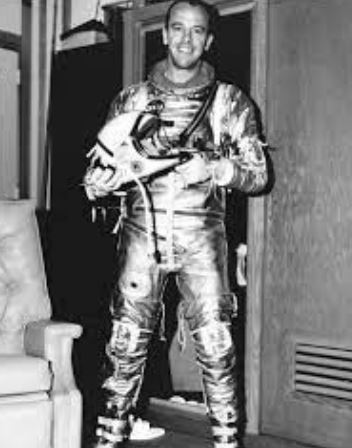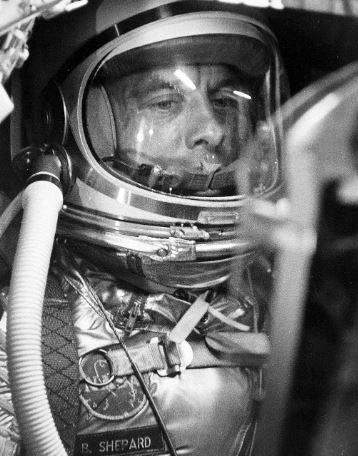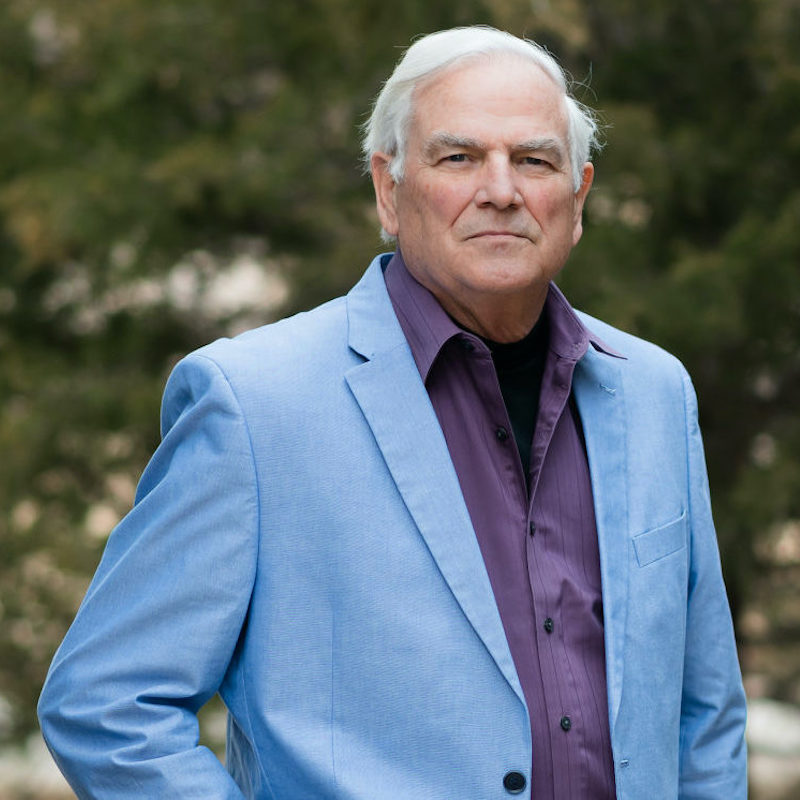The incredible journey of success began with the selection of the Mercury 7 Astronauts. On October 4, 1957, the launch of Sputnik 1 by the Soviet Union shook American confidence in its technological prowess, sparking the Sputnik crisis. In response, President Dwight D. Eisenhower initiated the Space Race, leading to the establishment of the National Aeronautics and Space Administration (NASA) on October 1, 1958. Project Mercury, one of NASA’s initial endeavors, aimed to send a man into Earth’s orbit, ensure a safe return, and assess human capabilities in space.
Although NASA intended an open selection process for its first astronauts, President Eisenhower mandated that all candidates be test pilots. Stringent criteria, such as a maximum height of 5 feet 11 inches (180 cm) and a weight limit of 180 pounds (82 kg) due to the limited space within the Mercury spacecraft, were set. Candidates were also required to be under 40 years old, hold a bachelor’s degree or its equivalent, possess at least 1,500 hours of flight time, and be qualified to fly jet aircraft. Initially, 500 applicants applied, but only 7 individuals survived the rigorous selection process.
These seven individuals—Scott Carpenter, Gordon Cooper, John Glenn, Gus Grissom, Wally Schirra, Alan Shepard, and Deke Slayton—were unveiled as the Mercury 7 Astronauts in January 1960. While hailed as the finest America had to offer in the realm of space exploration and regarded as heroes, many of them faced personal hurdles, and some even perished in the line of duty. Alan Shepard, one of the original Mercury 7, confronted a unique challenge that resonates with audiologists.
Astronaut Alan Shepard

Alan Shepard. Image credit: NASA
Born on November 18, 1923, in Derry, New Hampshire, Alan Bartlett Shepard Jr. descended from the Mayflower passenger Richard Warren. His career spanned service in the navy during World War II, training as a test pilot, and ultimately overcoming various obstacles to become an astronaut. On January 19, 1961, Robert R. Gilruth, the director of NASA’s Space Task Group, revealed that Shepard had been chosen for the first American manned space mission.
After a harrowing recovery in the Atlantic Ocean, Shepard expressed that the true success of the flight only came with a successful recovery. His splashdown experienced an impact similar to landing a jet aircraft on an aircraft carrier. A helicopter arrived swiftly, hoisted the capsule partly out of the water, and facilitated Shepard’s exit through the main hatch. Within eleven minutes, the entire recovery process was completed. Shepard was lauded as a national hero, receiving accolades including ticker-tape parades in Washington, New York, and Los Angeles, as well as the NASA Distinguished Service Medal from President John F. Kennedy. He also earned the Distinguished Flying Cross.
Shepard continued to hold pivotal roles in NASA, serving as the Chief Astronaut for the Gemini missions and being assigned to the Apollo 13 mission.
The Meniere’s Disease

Alan Shepard. Image credit: NASA
After being designated as a command pilot for the Gemini mission in 1963, Shepard began experiencing episodes of dizziness. Following several tests, he was eventually diagnosed with Ménière’s disease, which led to his reassignment to a desk job at NASA and a verdict that he would never fly again. Dr. Charles A. Berry, then NASA’s Chief Physician, had to remove him from the flight-ready list due to what was initially believed to be an “infection” in Shepard’s left ear. Over the next five years, Shepard sought treatment from Dr. Berry and his team but was repeatedly informed that flying was no longer an option. Although initially responding well to various prescribed medications, Shepard’s condition deteriorated.
Despite the bleak prognosis, Shepard remained steadfast in his belief that his condition could be cured. As an astronaut, being diagnosed with Ménière’s disease posed a significant threat to his career, livelihood, and overall well-being. The disease, characterized by vertigo, hearing loss, tinnitus, and a sense of fullness in the ear, was first described by Prosper Meniere in 1861, a century before Shepard’s Freedom 7 flight.
In 1968, fellow astronaut Tom Stafford informed Shepard about a surgical procedure developed by an ear, nose, and throat specialist, Dr. William F. House in Los Angeles, specifically designed to treat Ménière’s disease. Dr. House had pioneered a successful surgery known as the endolymphatic shunt procedure, involving the placement of a tiny silicone tube in the inner ear’s membranous labyrinth to drain excess fluid. This surgical intervention aimed to alleviate symptoms by addressing the overload of endolymphatic fluid in the inner ear.
During his initial consultation with Dr. House, Shepard became a candidate for the surgery. In his book, “Moonshot,” Shepard explains his desire to undergo the procedure to his wife, Louise, expressing his burning ambition to return to space. Maintaining secrecy to avoid media attention, Shepard underwent the surgery under the alias Victor Poulos at St. Vincent’s Hospital in Los Angeles, a name fabricated by one of House’s nurses.
The surgery proved highly successful, and over the subsequent months, Shepard’s hearing completely recovered. However, it took two years of medical evaluation before NASA doctors cleared him for a return to space.
Dr. Berry confirmed that Shepard showed no issues with pressure tests akin to those encountered in space, indicating no reason why he couldn’t be reinstated for flight duty. After being restored to flight status, Shepard advocated for commanding Apollo 13, initially scheduled for 1970. However, NASA decided to postpone his flight to Apollo 14 the following year, as a precaution. For Shepard, the shunt surgery was transformative, enabling him to resume a successful career, notably leading the Apollo 14 Mission.
The successful surgery fostered a strong bond between Shepard and Dr. House, leading to House’s involvement in various space launches and tours of NASA facilities at Shepard’s invitation.
References:
- Altman, L. (1971). A tube implant corrected Shepherd’s Ear Disease. New York Times. Retrieved May 15, 2018.
- Encyclopedia of Surgery (2018). Endolymphatic Shunt surgery. Retrieved May 16, 2018.
- Hicks, J. (1998). The Doctor Behind Shepard’s Apollo 14 Flight. Los Angeles Times, July 25, 1998. Retrieved May 16, 2018.
- Koppel, L. (2015). The Astronaut’s Wives Club. American Broadcasting Company. Retrieved May 16, 2018.
- Shepherd, A., Slayton, D., & Barbree, J. (1994). Moonshot. Turner Publishing company. Retrieved May 16, 2018.
About the author

Robert M. Traynor, Ed.D., is a hearing industry consultant, trainer, professor, conference speaker, practice manager and author. He has decades of experience teaching courses and training clinicians within the field of audiology with specific emphasis in hearing and tinnitus rehabilitation. He serves as Adjunct Faculty in Audiology at the University of Florida, University of Northern Colorado, University of Colorado and The University of Arkansas for Medical Sciences.
**this piece has been updated for clarity. It originally published on May 15, 2018







THANKS BOB!
I can certainly verify and validate that the story is true and I believe it is instructive for all patients with Meniere’s Disease, as well as all hearing care professionals. Further, although endolympatic sac surgery has fallen a bit out of favor, there are other surgical and non-surgical treatments for SOME Meniere’s patients (i.e., vestibular neurectomy). Indeed, there are many treatments worthy of exploration. I will attach my 2011 interview with Dr House below, he was one of the most amazing people I have ever met, and had the PLEASURE of working with for a few years.
https://www.audiology.org/news/william-f-house-dds-md%E2%80%94-father-neurotology
Doug:
Thanks for your comment to this interesting story. I did read your interview with Bill House as part of y research for the piece. You are always forward thinking in your interviews. Best Regards;
Bob